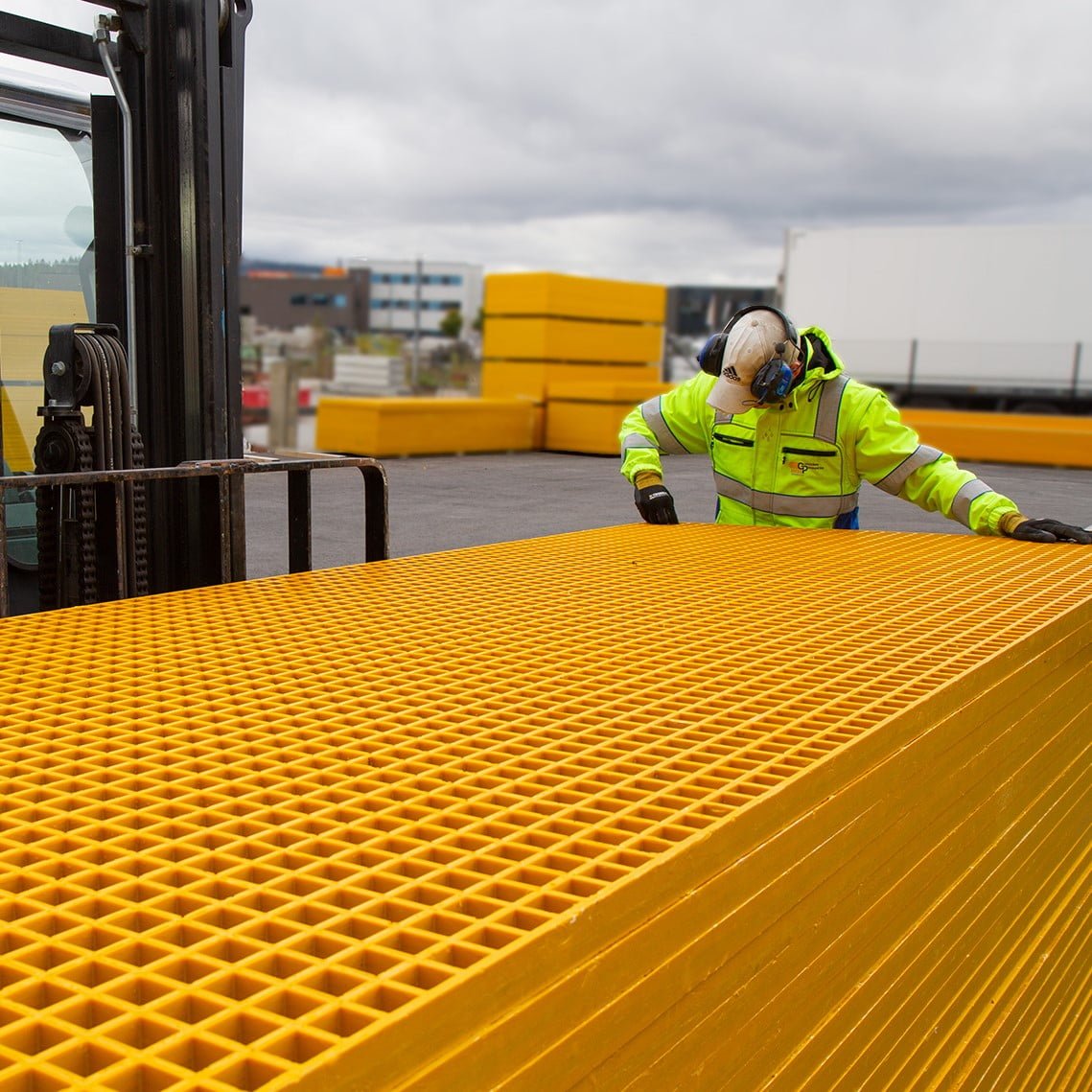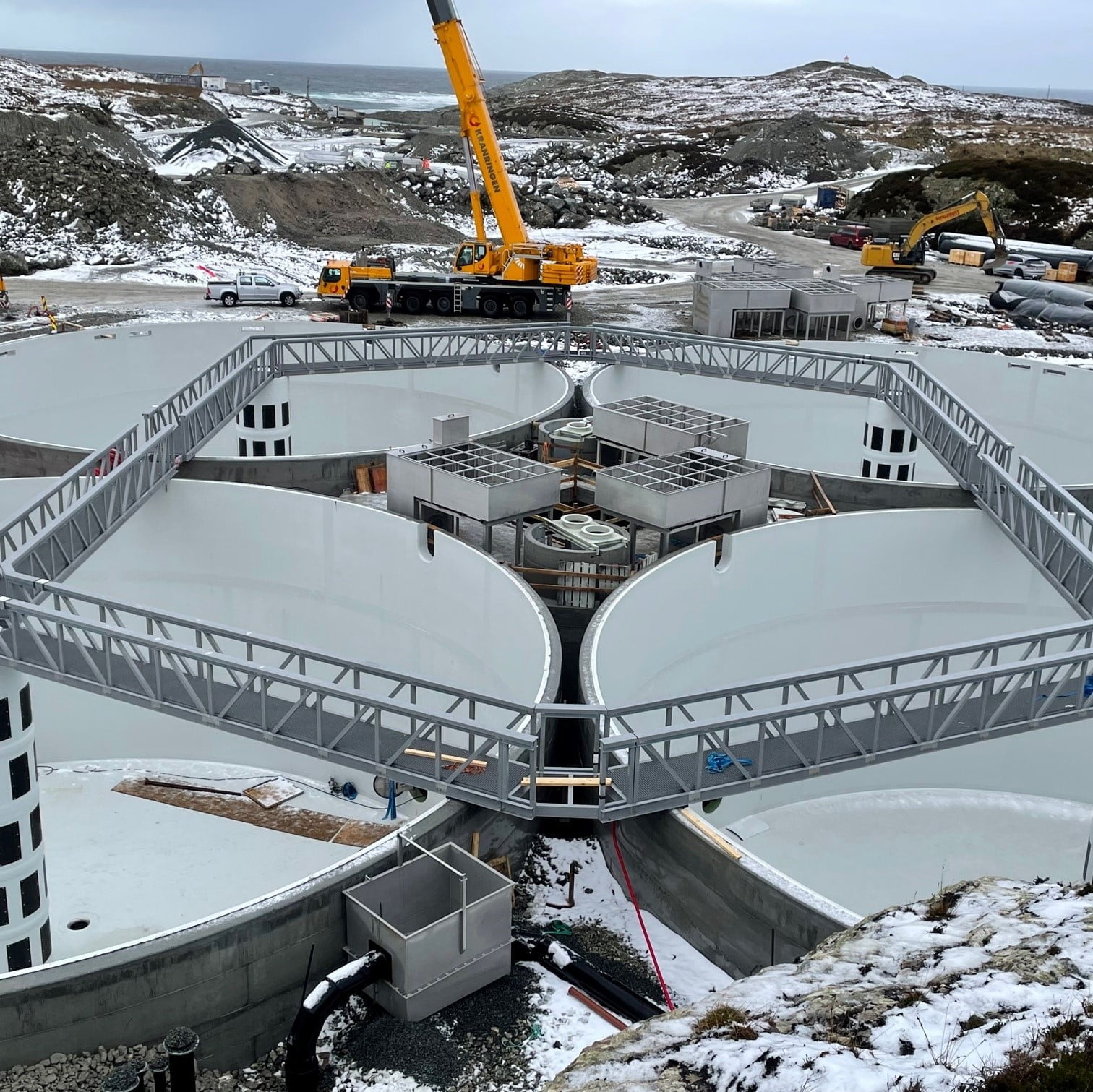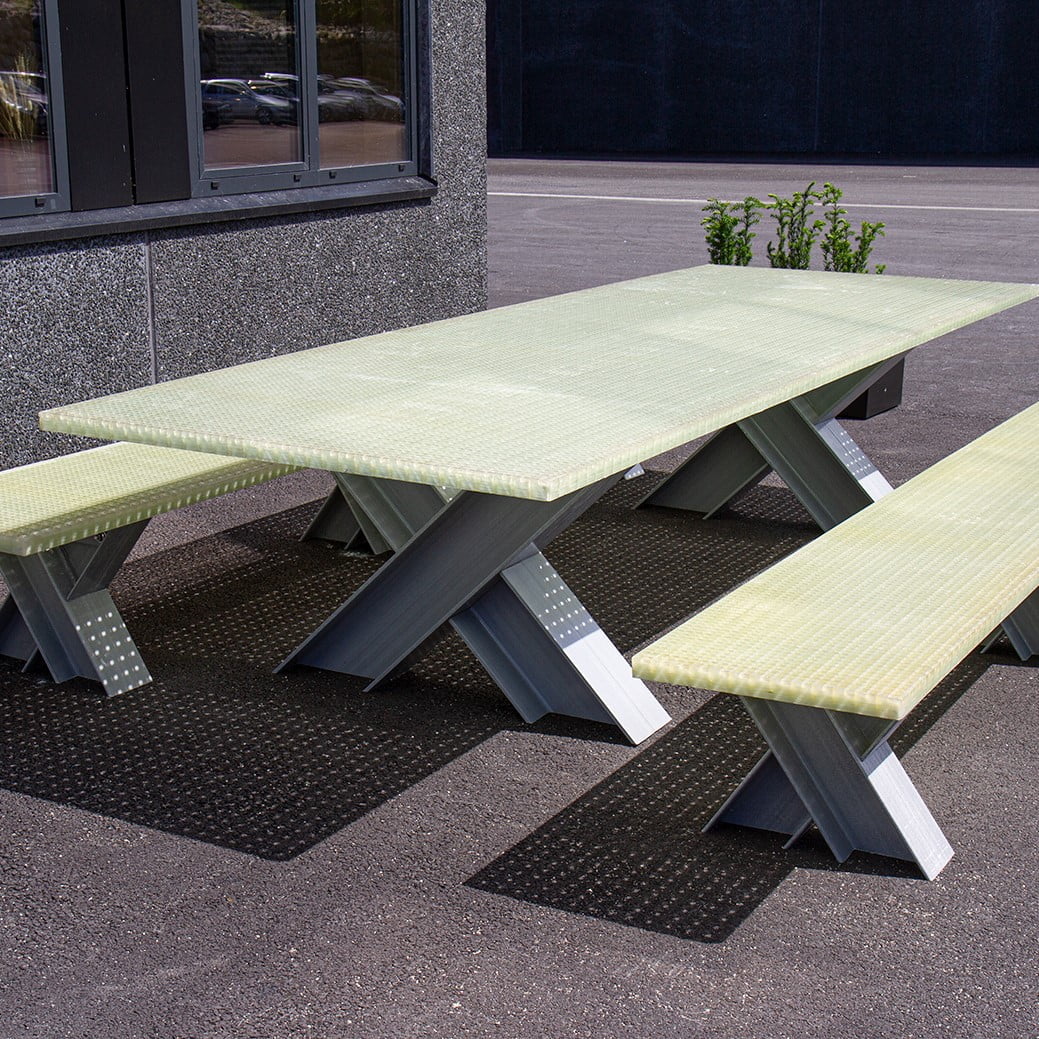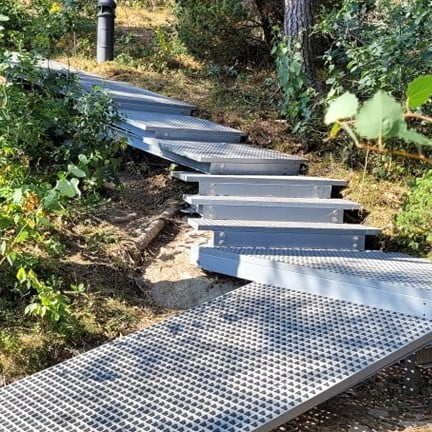FIBERGLASS
Phone number:
E-mail:
Address:
Bedriftsvegen 34
4353 Klepp Stasjon
Norway
FIBERGLASS
Fiberglass is a versatile and strong material of high quality. When we talk about fiberglass, we actually mean a composite material where fiberglass and plastic are mixed together. Composite is produced by combining several substances into one composite material. The choice of substances is based on the properties we want the material to have. The materials will work together and give the final composite the best possible attributes. The mix gives us the opportunity to create the material with the benefits we want.
Light and strong
The fiberglass is very strong compared to its low weight
No corrosion
The material will withstand rust, rot and corrosion, even in the most demanding environments.
Low maintenance
The fiberglass require almost no maintenance.
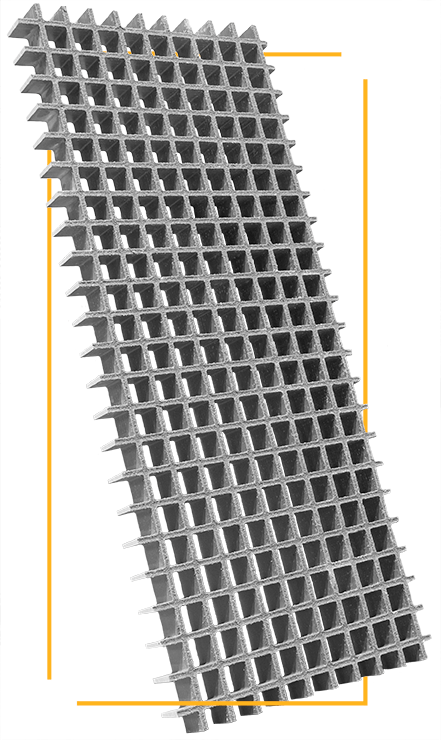
Long lifespan
High durability makes sure it will last for a long time.
Safety
The composite can be produced with a wide range of safety enhancing quailties.
Versatile
The material is highly flexible and easy to adapt.
LOW WEIGHT
A material’s weight affects how it has to be handled, transported and installed. A light composite as fiberglass is easy to work with. It is less demanding of transportation and can be easily installed on site. A lower weight also helps keep expenses down.
HIGH STRENGTH
The fiberglass has a favorable combination of high strength and low weight. High strength allows the fiberglass to be used for a variety of applications while retaining all the benefits of low weight. It also makes fiberglass an attractive alternative to other traditional materials.



No corrosion
The fiberglass can be used in demanding environments without corroding. The material can be exposed to moisture, harsh weather and chemicals over a long period of time and will still perform optimally.
abc
Low maintenance
The material requires minimal maintenance, even in the most corrosive environments. Less maintenance means less work, less use of preservatives and chemicals, and it helps keep the cost reduced over time.
Long lifespan
High strength, stability and corrosion resistance makes fiberglass a long-lasting and durable solution. In situations where other traditional materials will struggle, fiberglass may be a more viable alternative.
abc
RESINS
Resin is one of the two essential parts of the composite products we offer. The resin is the substance that is reinforced with fiberglass to give the material the desired attributes. There are many different types of resins used in the production of composites. Most of our products are made with polyester, vinyl ester or phenol.
Polyester
Polyester is the most commonly used type of resin. It is a versatile and affordable substance with a number of benefits, and works excellently in combination with fiberglass. The polyester’s flexibility and properties make it suitable for most applications. Fiberglass-reinforced composite with polyester is often called GRP.
Vinyl ester
Vinyl ester has many similarities to polyester, but there are also differences in how it is produced and how it performs. Vinyl ester is recommended for applications where high demands are placed on corrosion tolerance and strength. Composite with vinyl ester can be referred to as GRVE.
Phenol
Phenol is ideal when high demands regarding fire and explosion safety, smoke emissions and toxicity. The material has unique fire retardant properties, is resistant to heat and chemicals aswell as being electrically and thermally insulating.
SAFETY
Fiberglass also has many safety benefits. The material is electrically insulating and is frequently used where there is a risk of shock damage. The fiberglass can withstand high temperatures, is thermally insulating and can be produced with fire-retardant properties, which is why the fiberglass is used in markets such as oil, gas and different industries.
ANTI SLIP
Fiberglass products can be customized with anti-slip properties. The surfaces can be produced with sand which reduces risk by providing good adhesion to both feet and wheels. The coarseness of the surfaces can be customized as desired. Fiberglass with anti-slip solutions is widely used and is a simple, stable and long-lasting solution against slip hazards.
Fire retardant
Resin types such as polyester and vinylester are flammable. To make our products safer, aluminum trihydrate is added during production, which has a fire-retardant effect. In addition, the glass fibers themselves are non-combustible, which helps to reduce potential risks. The exception is the resin type phenol, which is completely non-flammable and does not require a fire-retardant component.
Self-extinguishing
If a fire occurs, the resin in the material can catch fire along with the surroundings, but the fiberglass is self-extinguishing. All that is needed is for the source of the fire to be extinguished. Once the source has been dealt with, the fiberglass will extinguish itself after a short time.
Low flame spread
The fiberglass is tested according to ASTM E84-2018. The material has been tested according to two factors: how much the flame spreads and how much smoke is emitted. The fiberglass delivers a low flame spread score of 15 and a smoke development value of 400-450.
VERSATILITY
Flexibility is another advantage we can add to the range of reasons to choose fiberglass. Fiberglass is still associated with old boats, but the material is and can be so much more. The material itself is versatile and elastic but at the same time durable. The fiberglass can be adapted to most applications, and can be shaped into countless different types of profiles that will fit any specification. It is the combination of all the properties that makes the fiberglass a sought-after solution. The properties of the material mean that the fiberglass can be used as an alternative in a number of areas where other traditional materials are not sufficient.
